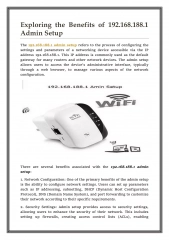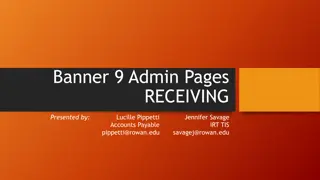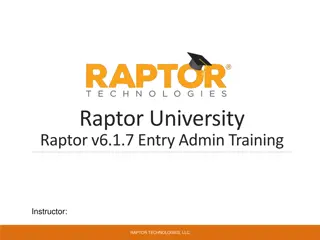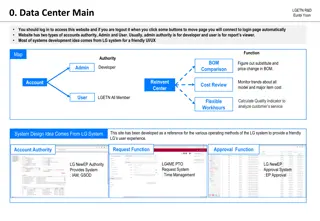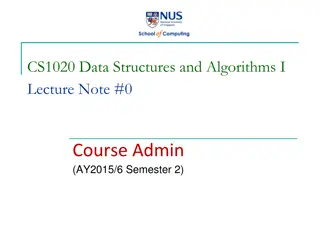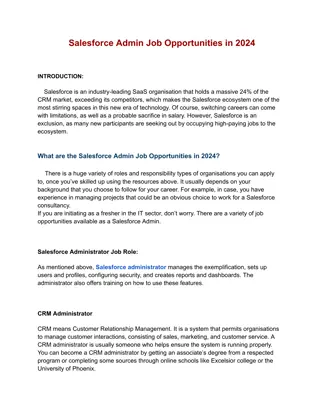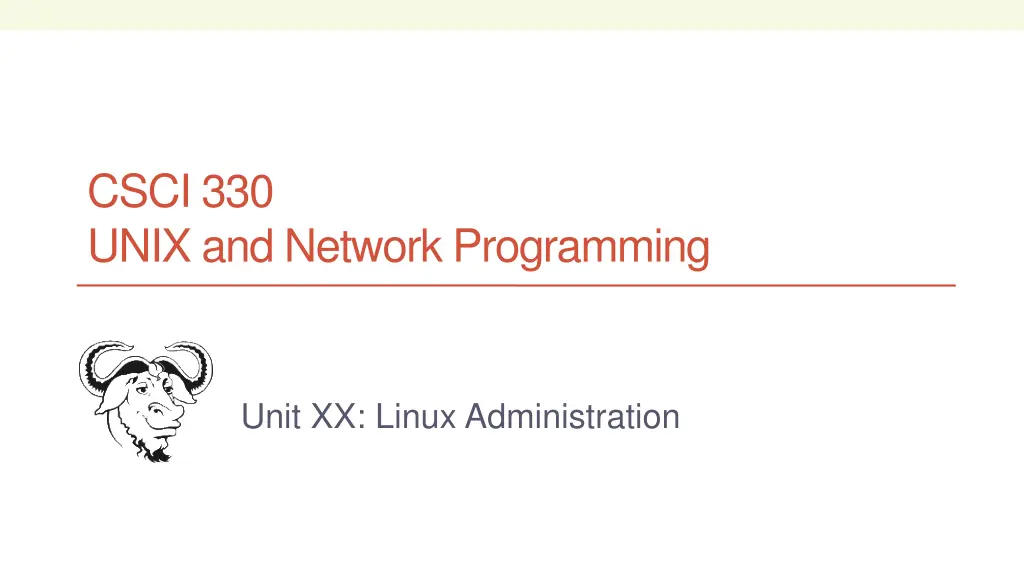
Linux Administration Basics
Learn key aspects of Linux administration including installing a new release, user management, software management, file system management, system customization, and software installation. Explore user configuration, creating new users, managing groups, and using sudo for superuser commands. Understand software management through package files and installation methods.
Download Presentation

Please find below an Image/Link to download the presentation.
The content on the website is provided AS IS for your information and personal use only. It may not be sold, licensed, or shared on other websites without obtaining consent from the author. If you encounter any issues during the download, it is possible that the publisher has removed the file from their server.
You are allowed to download the files provided on this website for personal or commercial use, subject to the condition that they are used lawfully. All files are the property of their respective owners.
The content on the website is provided AS IS for your information and personal use only. It may not be sold, licensed, or shared on other websites without obtaining consent from the author.
E N D
Presentation Transcript
CSCI 330 UNIX and Network Programming Unit XX: Linux Administration
CSCI 330 - UNIX and Network Programming 2 Plan for today s lecture Install new release of Linux while we wait User Management sudo Software Management apt-get, synaptic File system Management fdisk, mkfs, mount, fsck after the wait Customize new system install some software add a new disk
CSCI 330 - UNIX and Network Programming 3 Linux Installation Select from: Debian 7.2 Ubuntu 13.10 Linux Mint 16
CSCI 330 - UNIX and Network Programming 4 User Configuration user info is stored in file /etc/passwd userid, user name, group, home directory, shell passwords are stored in separate file: /etc/shadow group info is stored in file /etc/group groupid, group name additional group members to find out group info, use: groups user-id Example: % groups student student adm cdrom sudo dip plugdev lpadmin sambashare
CSCI 330 - UNIX and Network Programming 5 Steps to create a new user add info to /etc/passwd 2. add info to /etc/shadow 3. add info to /etc/group 4. create home directory 5. add default content to home directory 6. set password 1. common Debian utilities: adduser, deluser addgroup, delgroup
CSCI 330 - UNIX and Network Programming 6 Linux Users and Groups utility to create and manage users and groups
CSCI 330 - UNIX and Network Programming 7 sudo execute commands as super user root will be prompted for password /etc/sudoers lists designated users/groups group sudo user student belongs to sudo group lists allowed commands root can do anything Example: % sudo chown user:group file % sudo -i
CSCI 330 - UNIX and Network Programming 8 Software Management applications are bundled into package file: tar original (tape) archive format rpm Redhat package manager format download & install via: yum deb Debian package format download & install via: apt-get tarball know dependencies among applications
CSCI 330 - UNIX and Network Programming 9 deb Package Management Basic utilities: dpkg package manager apt-get package handling utility User friendly interfaces aptitude command line frontend synaptic GUI frontend Software Manager unified web-based application store
CSCI 330 - UNIX and Network Programming 10 apt-get configuration /etc/apt/sources.list contains locations of package files for different categories
CSCI 330 - UNIX and Network Programming 11 apt-get sub-commands update re-synchronize package listing install installs new package(s) upgrade install newest version of installed packages remove, purge un-installs package(s) (deletes config files) dist-upgrade installs latest version of system clean empties local cache of downloaded packages
CSCI 330 - UNIX and Network Programming 12 Synaptic
CSCI 330 - UNIX and Network Programming 13 Update Manager
CSCI 330 - UNIX and Network Programming 14 Software Manager
CSCI 330 - UNIX and Network Programming 15 File System Management logical file system top: root / constructed from one or more physical file systems that reside on physical devices potential devices: hard drive removable drive main memory remote device
CSCI 330 - UNIX and Network Programming 16 File System commands df displays make up of logical file system fdisk prepare partitions on physical medium mkfs create file system on physical device select file system type, ex.: ext4 mount add additional physical into logical file system undone via: umount made permanent with entry into /etc/fstab
CSCI 330 - UNIX and Network Programming 17 fdisk: prepare partitions
CSCI 330 - UNIX and Network Programming 18 Steps to enable new hard drive find device name: fdisk -l edit partition table: fdisk /dev/sdb create partition /dev/sdb1 create file system: mkfs -t ext4 /dev/sdb1 mount file system: mkdir /mnt/extra mount /dev/sdb1 /mnt/extra see file systems: df
CSCI 330 - UNIX and Network Programming 19 Summary User Management sudo Software Management apt-get, synaptic File system Management fdisk, mkfs, mount, df


